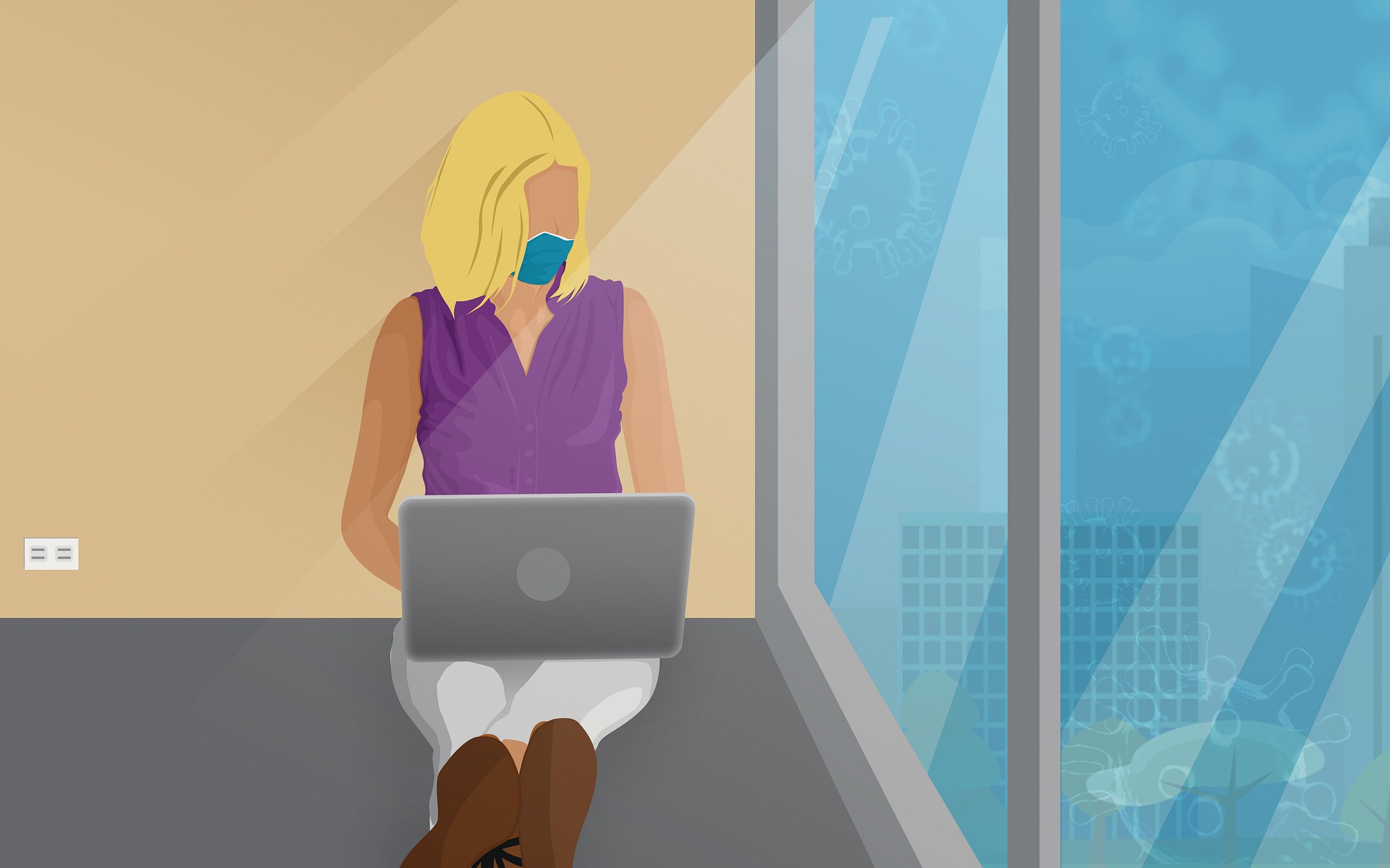As the coronavirus pandemic continues, more and more schools are shutting down across the country. Currently, 46 states have closed schools which, when combined with the closures in the other four states, brings the current total of schools closed to about 118,000, affecting approximately 53.8 million students. In Kansas, the school year has been declared over, a move that other states may soon follow.
The country is going to need to examine the way we handle education, and how this is going to affect the millions of parents who suddenly have their children home in the middle of the school year. Many companies are transitioning to allow their employees to work from home to help with the quarantine, but this is difficult for parents who now have to handle the care and education of their children and find time to get all of their work done.
Transitioning to Remote Work
When the pandemic is over, many companies who had to make the shift to working remotely might discover that their employees do not want to return to the office when the coronavirus has passed. “Many employees for companies who have sent all staff home are already starting to question why they had to go into the office in the first place.”
We may see the stigma that comes with working remotely begin lifting over the coming weeks, but there are some obstacles that people who have been working in an office for 20 years will have to overcome; the biggest obstacles may be loneliness, time management, and communication.
Adapting your company culture to working remotely, especially in such a hasty way, is going to be difficult at first; after all, this is uncharted territory for many people. “Workers will have to adopt extraordinary conscientiousness when it comes to dividing their day into deep work, office communications, personal time, and civic or family life. Employees will have to develop new habits, such as keeping copious documentation of every meaningful work interaction, so that teams across space and time are always up to speed on what’s happening ‘down the hall.’”
Combatting Loneliness
After working in an office for years, you may find yourself missing coffee or lunch breaks with your colleagues, watercooler banter, and taking a walk to someone’s desk to vent about whatever you are currently working on. Text messages, emails, and instant messages may not be enough when you are used to much more social interaction in your day. There are plenty of platforms available to let you have virtual meetings or just video calls, and you can also have phone calls with your colleagues; this can help stave off some of the loneliness. Schedule a video lunch or coffee break with a friend or one of your coworkers, this may not be quite the same as being together in person, but it still allows you to do something normal and have some social interaction.
You can also help with the “water cooler” banter by creating a message thread in whatever platform your company uses — for example, Slack and Microsoft Teams — specifically for the water cooler chatter. Giving your teams an outlet to talk about things that are not work-related in some capacity may be helpful.
Defining the New Normal
“Within the next few months, the face of business as we know it will change. Norms of working remotely, being a working parent, and boundaries of our personal life will be redefined as we learn how to swim in unexplored seas,” said Kristy Wallace, CEO of Ellevate Network. “We will find ourselves in a need to break social barriers and stigmas. A child’s laughter in the background of a conference call, an employee taking lunch to make fingerprint animals, a nursing mother on a virtual meeting will, in couple weeks’ time, seem more normal than it ever has to some of us.”
Many parents who are now working from home recommend setting up a schedule for their children, giving set times for different educational and recreational activities. By giving them a solid structure, you can build your work time around that. Discuss the schedule and your expectations with your children and try to make them understand you are working, not on vacation or a weekend day. Also, discuss everything with your employer so they are not surprised when they hear your child in the background.
Even if you have been working remotely for years, if your significant other and children are suddenly home, the work environment you are used to is still being affected and your balance between work and life is shifting drastically. If your significant other is also home, you can work in shifts, where you alternate who is on the clock and who is with the kids, but if you are a single parent or the only parent home, this is a little more difficult, and it really depends on the age of your children.
Coming up with a sign to let them know not to bother you unless it is important is a good step, if your kids are old enough to understand that. Breaking up your workday is another thing that helps; instead of spending four hours tackling a project, take a break every hour to check on your kids. One thing many parents are suggesting is to allow more screen time than usual; you may not like your kids to spend too much time watching TV or playing video games, but it may be necessary to allow you to get more work done during the day.
We will see a lot of changes to the business world in the coming months, and the necessity of working remotely may help normalize it so the stigma against it goes down, allowing more people to do so. The “normal” work environment is being given a major upheaval, and the results should be interesting when the coronavirus has fully passed.

